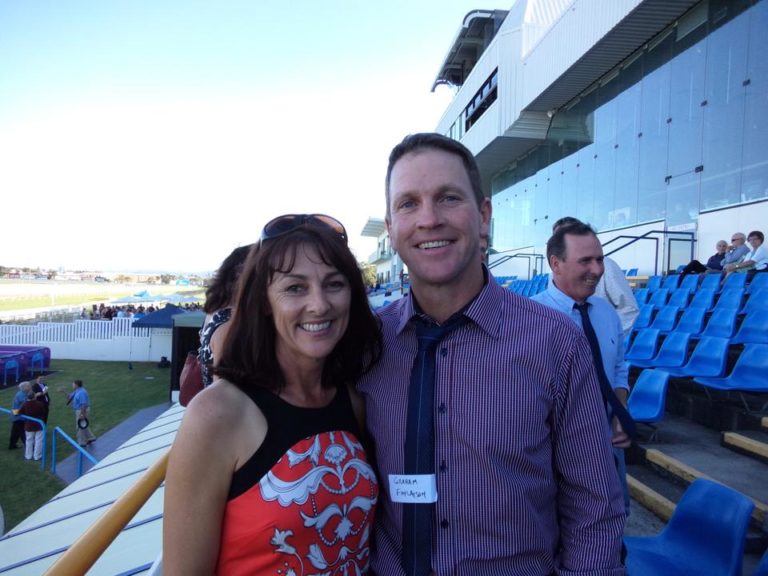This week we’re looking at another couple that are ‘Nailing It’. They might just be doing the...
Agriculture
This Weeks ‘Nailing It’ is the powerhouse duo – Graham and Cathy Finlayson. Graham and Cathy may...
Startup Name SwarmFarm Robotics What problem are you solving? The United Nations states that we need...


